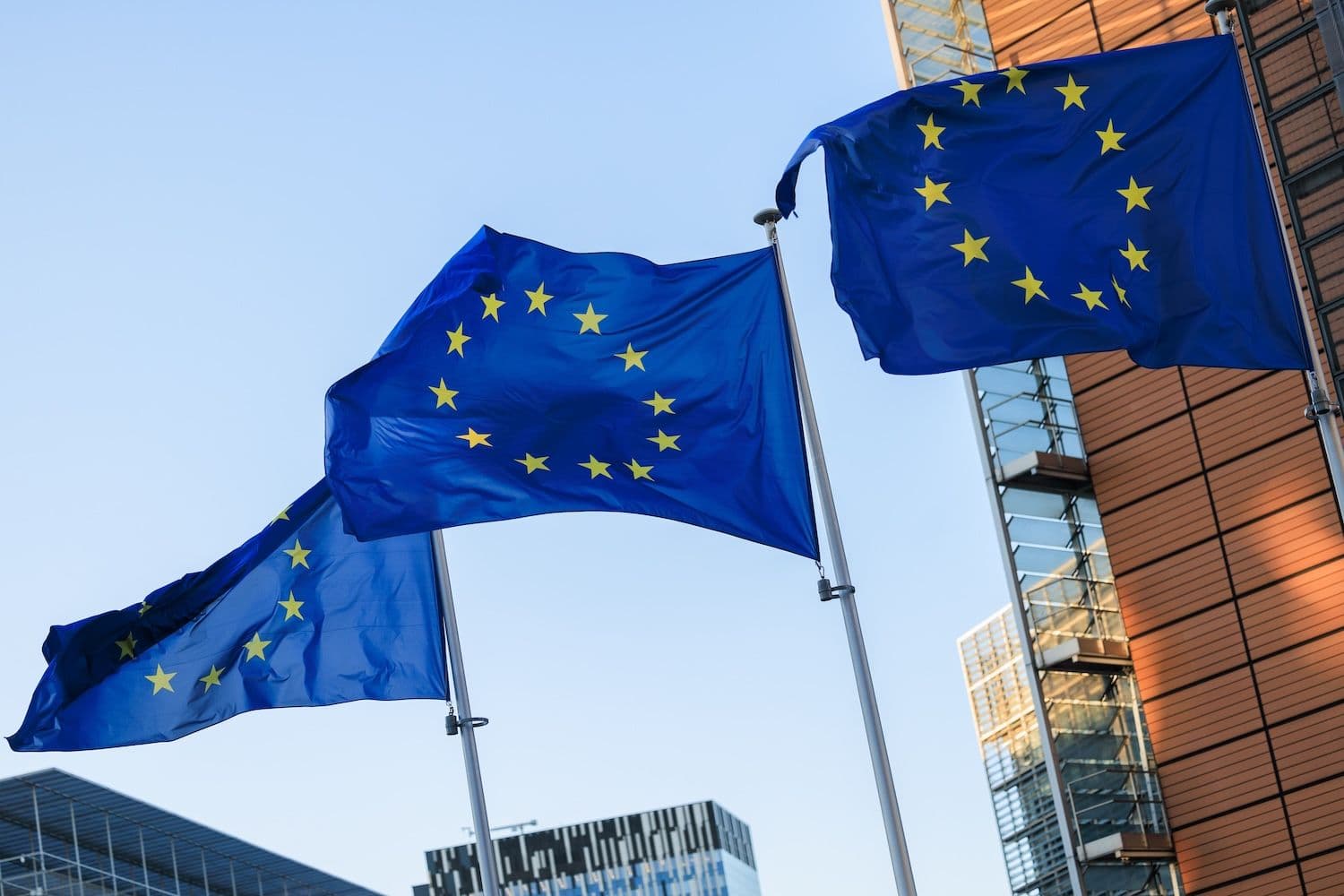Nine major European banks announced Thursday the formation of a new Dutch company aimed at launching a euro-denominated stablecoin, marking a significant push by traditional financial institutions into the regulated digital currency space. The consortium includes prominent lenders ING and UniCredit, positioning the initiative as Europe's answer to dollar-dominated stablecoin markets.
What to Know:
- Nine European banks, including ING and UniCredit, formed a Netherlands-based company to launch a euro-backed stablecoin under Dutch central bank oversight
- The initiative aims to create a regulated digital payment solution for blockchain transactions, challenging existing dollar-dominated stablecoin markets
- Additional banks may join the consortium, with leadership appointments expected soon as the project moves toward regulatory approval
Banking Alliance Targets Digital Currency Market
The consortium encompasses financial institutions from across Europe's major markets. Beyond ING and UniCredit, participating banks include Italy's Banca Sella, Belgium's KBC, Denmark's Danske Bank, Germany's DekaBank, Sweden's SEB, Spain's CaixaBank, and Austria's Raiffeisen Bank International.
The Netherlands-based company will seek licensing and oversight from the Dutch central bank, positioning itself within Europe's evolving regulatory framework for digital assets.
This approach contrasts with many existing stablecoins that operate with limited regulatory supervision.
Stablecoins represent digital tokens engineered to maintain consistent value through backing by traditional currencies such as the U.S. dollar or euro. These instruments have gained traction in institutional payments and settlements, though regulatory uncertainty has limited adoption among traditional financial institutions.
Strategic Push for European Digital Sovereignty
UniCredit's head of strategy Fiona Melrose emphasized the initiative's broader implications for European financial independence. "We are contributing to fill the need for a trusted, regulated solution for on-chain payments and settlement, paving the way for a new standard in the digital asset space that will support Europe's growth and financial sovereignty," she stated.
The consortium remains open to additional banking partners, with leadership appointments expected in coming weeks. This structure suggests ambitions beyond the current nine-member alliance, potentially encompassing a broader European banking network.
The timing aligns with increasing institutional interest in blockchain-based payment systems.
Traditional banks have expressed growing concern about existing stablecoin providers, many of which operate outside comprehensive regulatory frameworks established for conventional banking services.
Current stablecoin markets remain heavily weighted toward dollar-denominated tokens, creating potential vulnerabilities for European institutions conducting cross-border transactions. The new euro-based alternative could provide regional banks with greater control over digital payment infrastructure while maintaining compliance with European Union financial regulations.
Understanding Digital Payment Infrastructure
Stablecoins function as bridge currencies between traditional banking systems and blockchain networks. Unlike volatile cryptocurrencies such as Bitcoin or Ether, these tokens maintain price stability through reserves of conventional assets, typically government bonds or bank deposits.
The technology enables near-instantaneous settlements across international borders without traditional correspondent banking relationships.
This capability has attracted institutional users seeking efficiency improvements in cross-border payments, though regulatory concerns have limited widespread adoption.
European regulators have been developing comprehensive frameworks for digital asset oversight, including specific provisions for stablecoin operations. The Markets in Crypto-Assets regulation, implemented across EU member states, establishes licensing requirements and operational standards for stablecoin issuers.
Closing Thoughts
The nine-bank consortium represents traditional finance's most coordinated European response to the growing stablecoin market. By pursuing Dutch regulatory oversight, the initiative aims to establish credibility while challenging existing dollar-dominated digital payment systems, potentially reshaping how European institutions conduct blockchain-based transactions.

